Suspiria is a stunning remake of a 1977 cult favorite by Luca Guadagnino, who also directed 2017’s achingly lovely Call Me By Your Name. Loosely based on Dario Argento’s colorful and visually inspiring original, this film far surpasses its predecessor in my opinion. It borrows the intriguing bones, the atmosphere, the incoherent narrative of the first movie and transforms the concept into a taut, thrilling, and haunting piece of cinema with glorious visuals and a solidly compelling story.
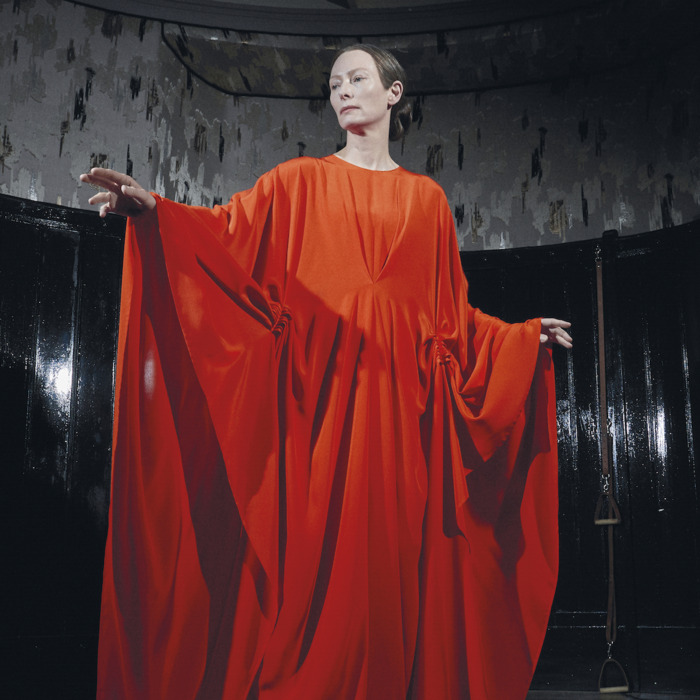
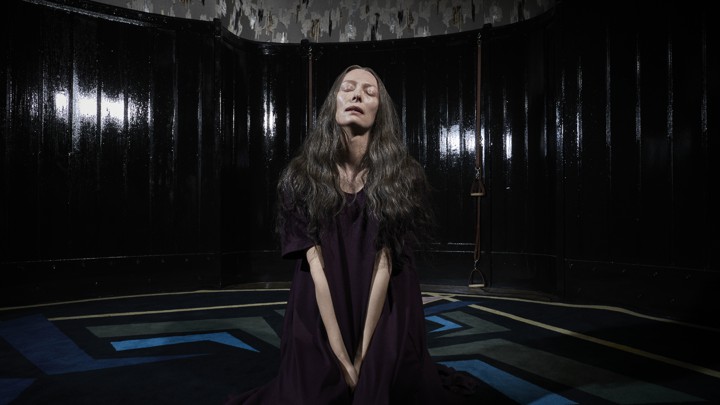
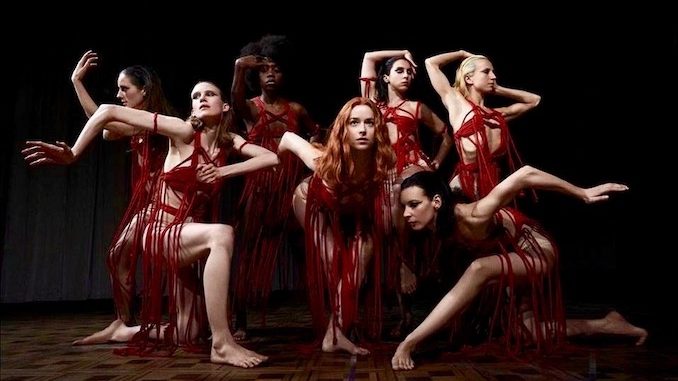
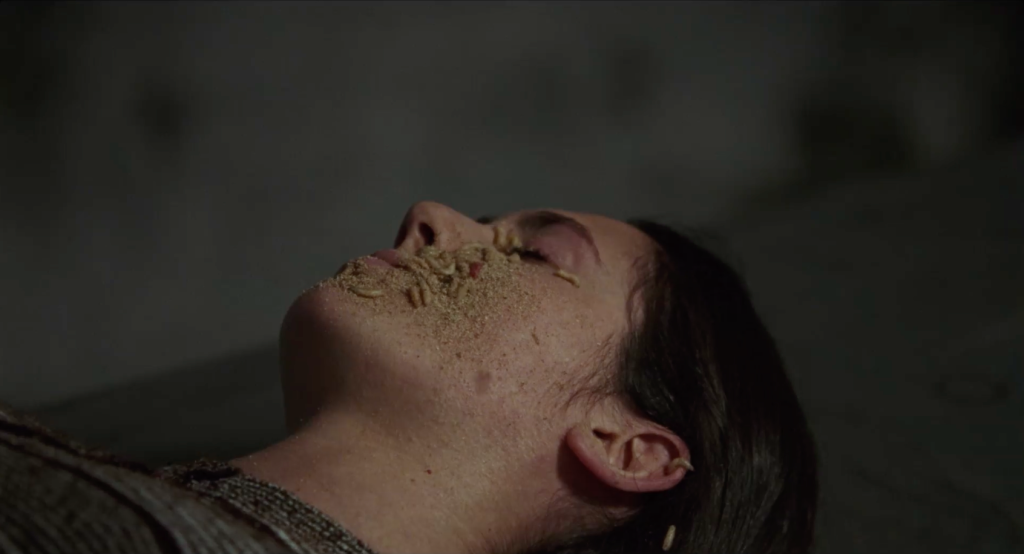
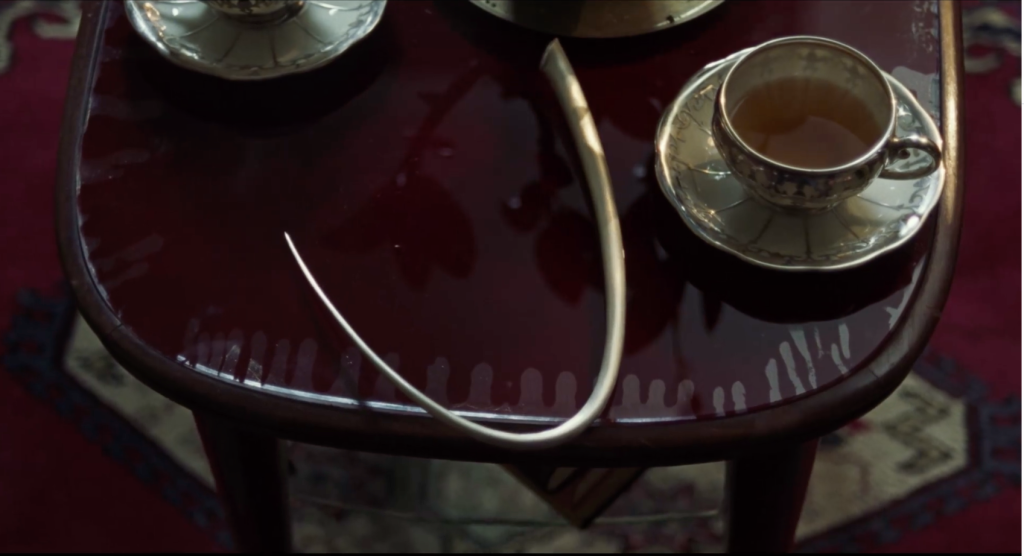
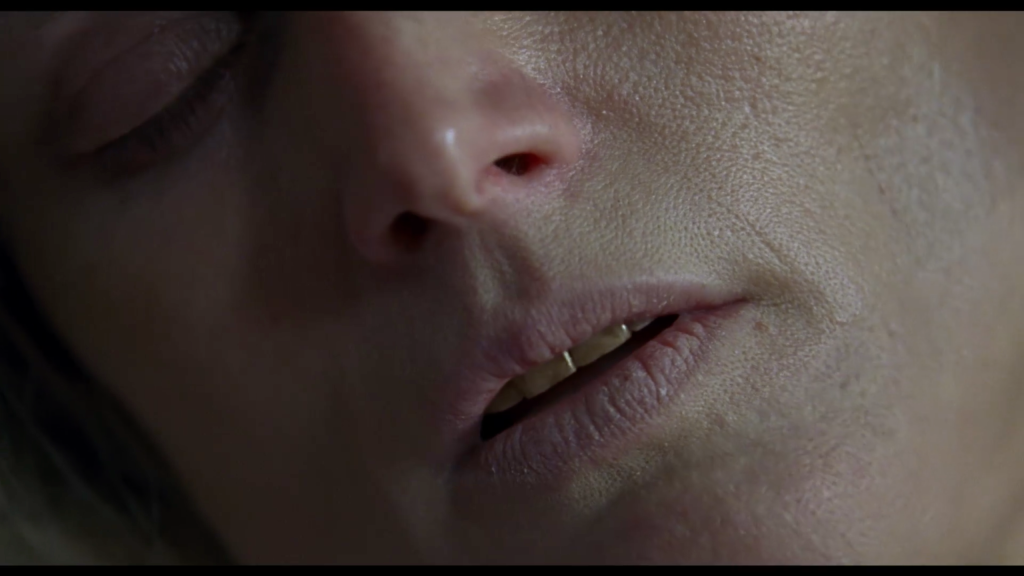
Tilda Swinton, splendid as always, shows her marvelous chameleonic abilities in three very different roles: Madame Blanc, Dr. Klemperer, and Helena Markos. Dakota Johnson acquits herself admirably in the role of Susie Bannion, the naive backwater American dancer, daughter of a recently-deceased Mennonite mother, who becomes entangled in the dark mystery of a coven of witches upon admission into Helena Markos’ Tanz Dance Academy. The choreography in the dance scenes, which was created by Damien Jalet, is also quite fascinating. The whole movie feels both very modern and vintage at the same time. Its palette, virtually the opposite of that of Argento’s garishly colorful original, is muted and dim, earthy, almost dingy, and evokes very convincingly the sodden and dreary setting of Baader-Meinhof-era Berlin.
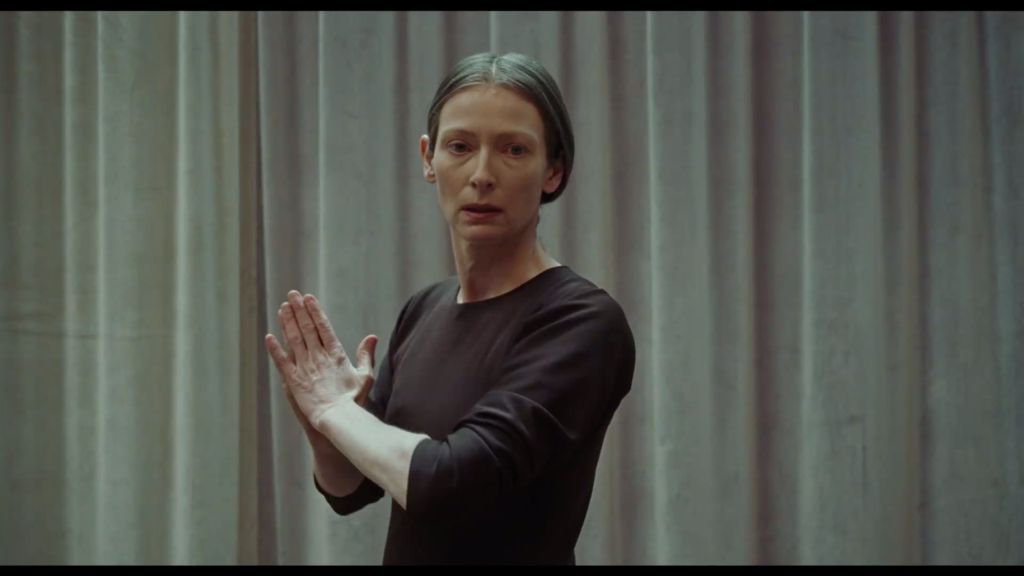
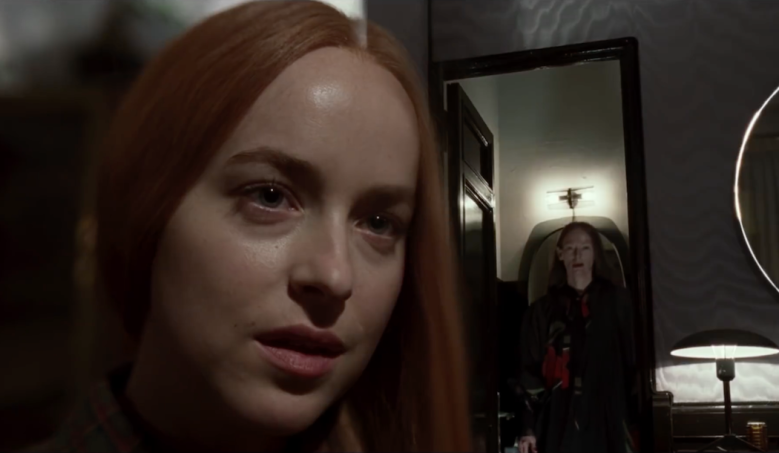
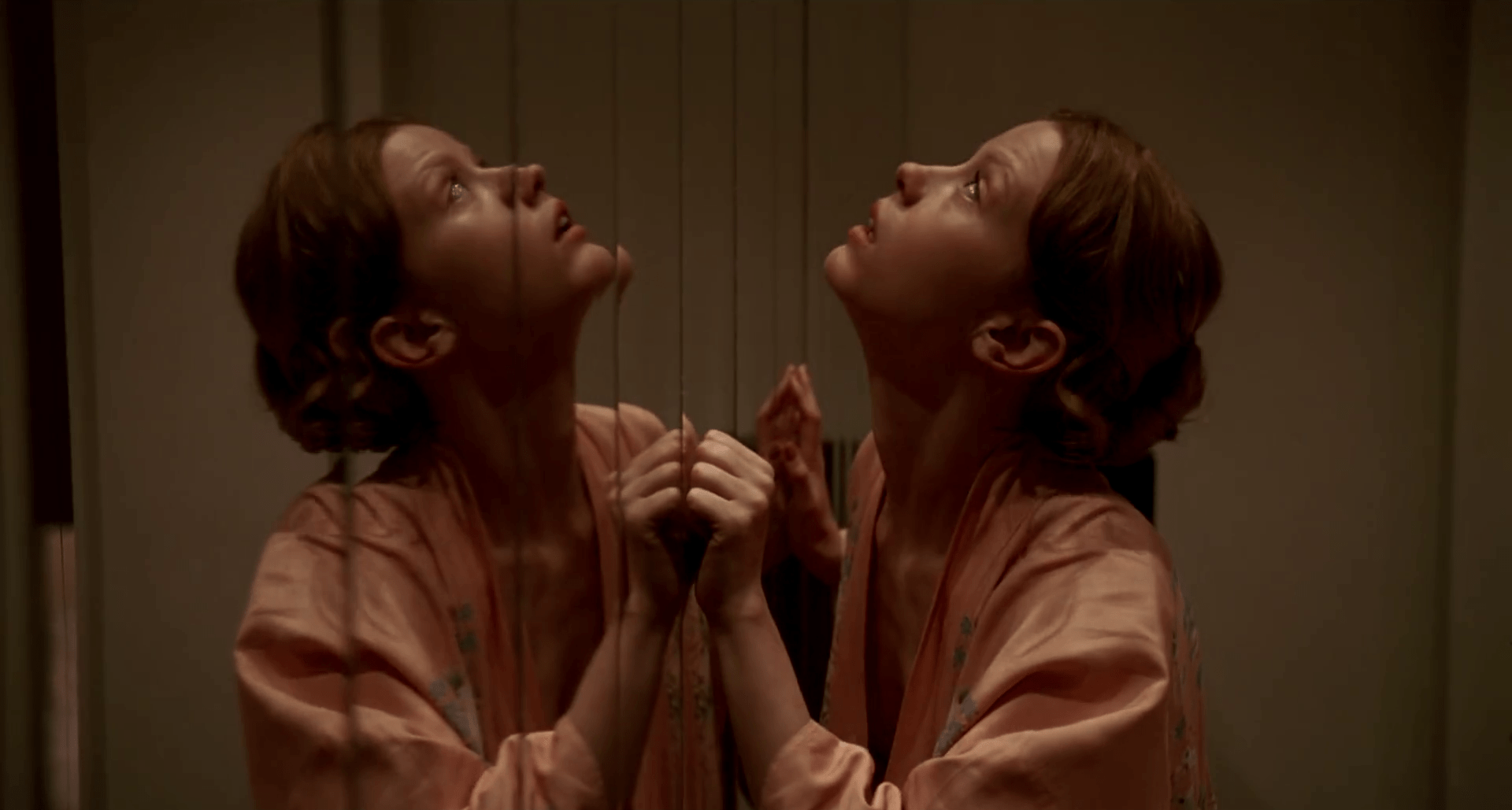
Suspiria manages to combine the qualities of hushed, subtle, implied horror with absolutely gut-churning, explicit, graphic, grotesque imagery. Aptly enough, the varied styles, pauses, and juxtapositions in its composition resemble the structure of music. The scene with Olga towards the beginning is disturbing in such a graphically shocking and gruesome way, yet the film manages to sustain an elegance throughout, delicately navigating the boundary between gore and poetry. The dream sequences are extremely striking and haunting, their imagery lingering in the mind long after. Rather than the more intuitive method of flashing sensational images at the viewer at breakneck speed, it uses pacing, editing, and sound design in a beautifully effective way. Rarely have screams in cinema been used to such effect.
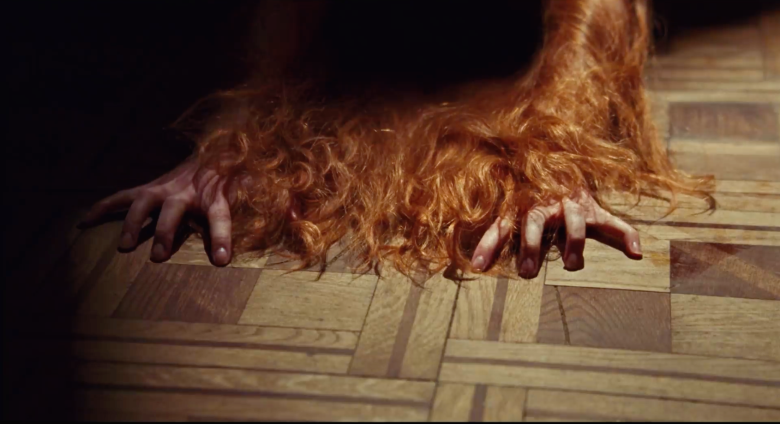
This is a beautiful, intense, yet restrained film, both visceral and intelligent. The plot reveals neither too much nor too little. The mythology of the three “Mothers” is not much delved into, but just enough of it is presented to intrigue the viewer and provide a framework for speculation and musing on the symbolism in the narrative. This origin myth embodies the primal essence of human suffering in Mother Tenebraum (Darkness), Mother Lacrymarum (Tears), and Mother Suspiriorum (Sighs). The Mother of Sighs seems to intertwine within her nature both the darkest pain and almost unendurable radiance or ecstasy.
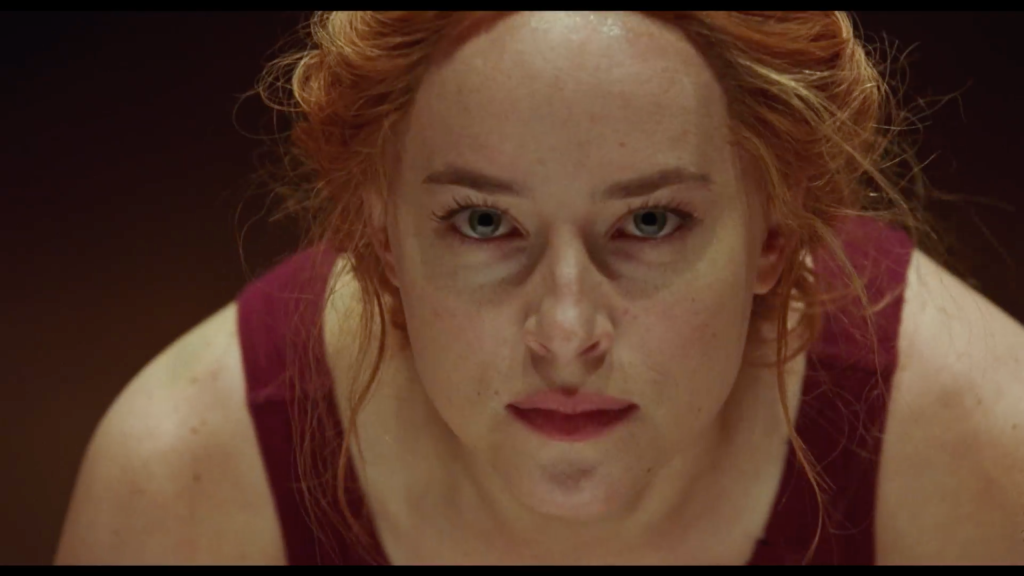
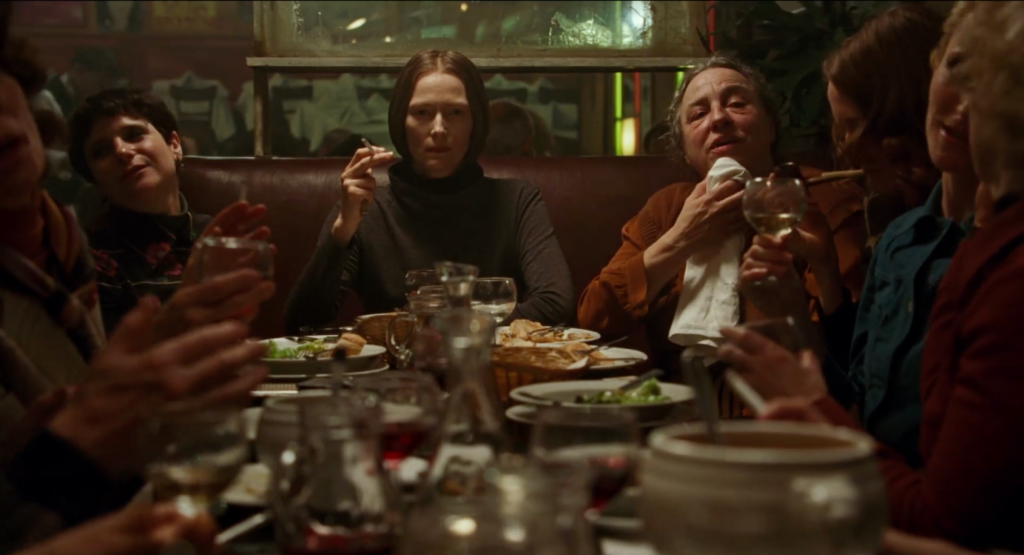
In addition to all these elements, Guadagnino’s Suspiria features a lovely soundtrack by Thom Yorke, which has an unexpectedly light sound at times, rather than the dark, heavy-handedly spooky music that one would expect for an occult horror movie. It all contributes to a holistic experience, a different type of horror film which achieves an enchanting alchemy rare in the genre, and which is so rich in detail, so carefully constructed that it is a joy to behold. Lyrical, thrilling, graceful, it is the ideal amalgamation of many components of horror cinema which it feels like the director is playing with, but in such a masterful way that this never seems gratuitous. It avoids both unnecessary confusion and facile simplification; it lies in lovely half-obscurity.
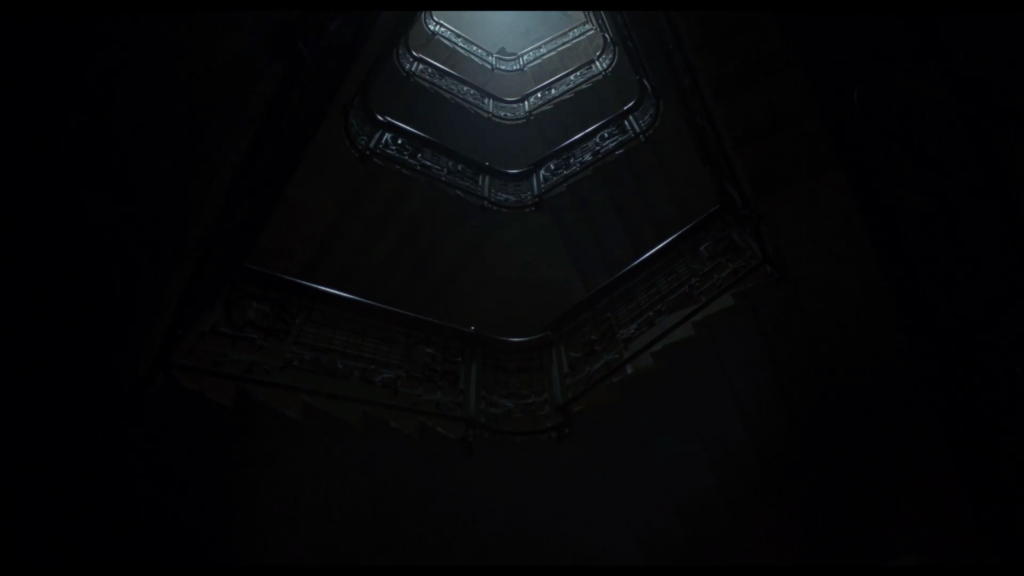
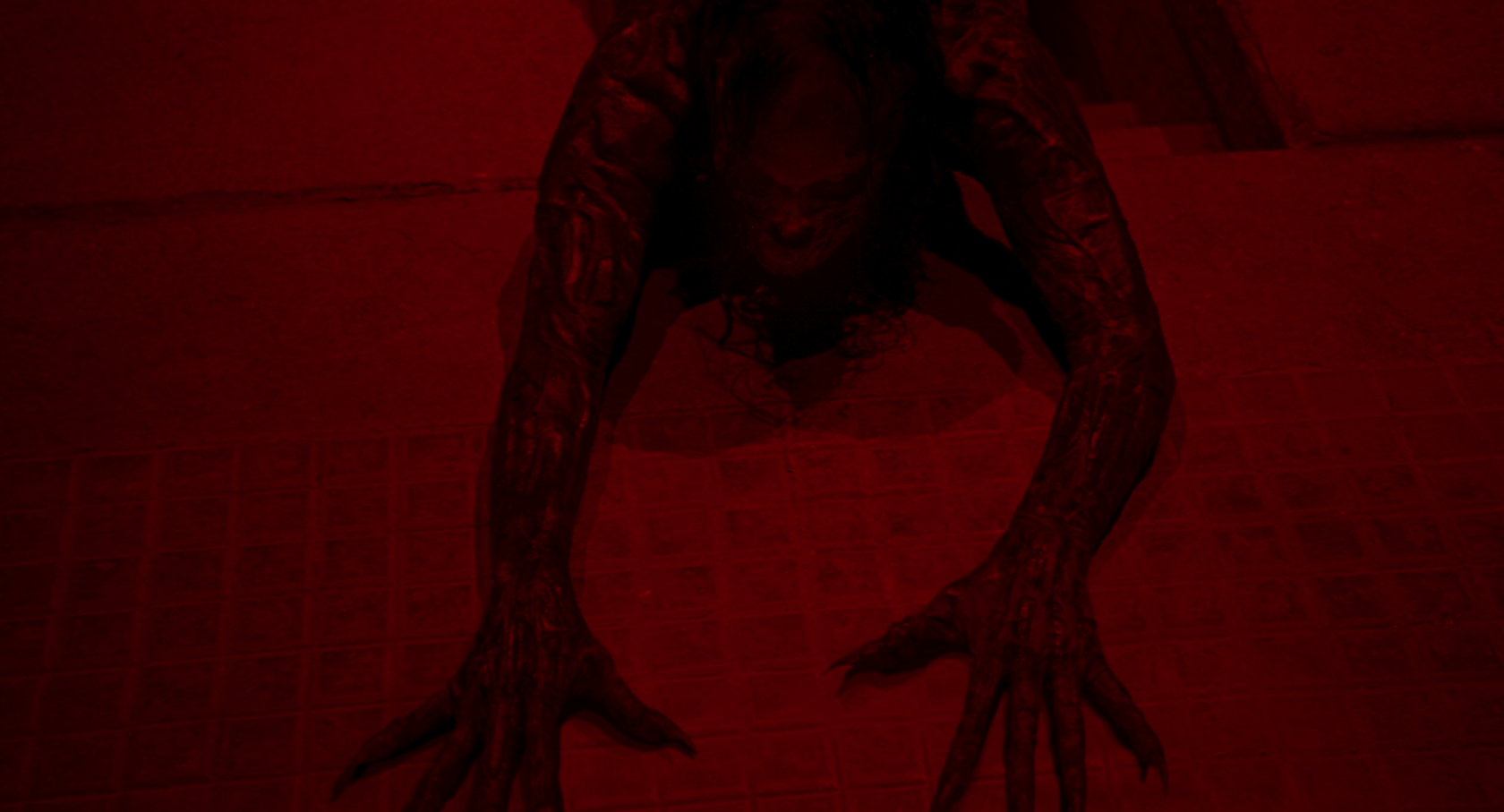
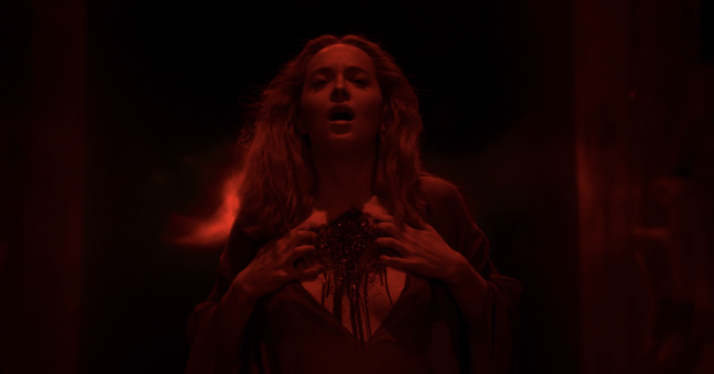
Comments are closed.